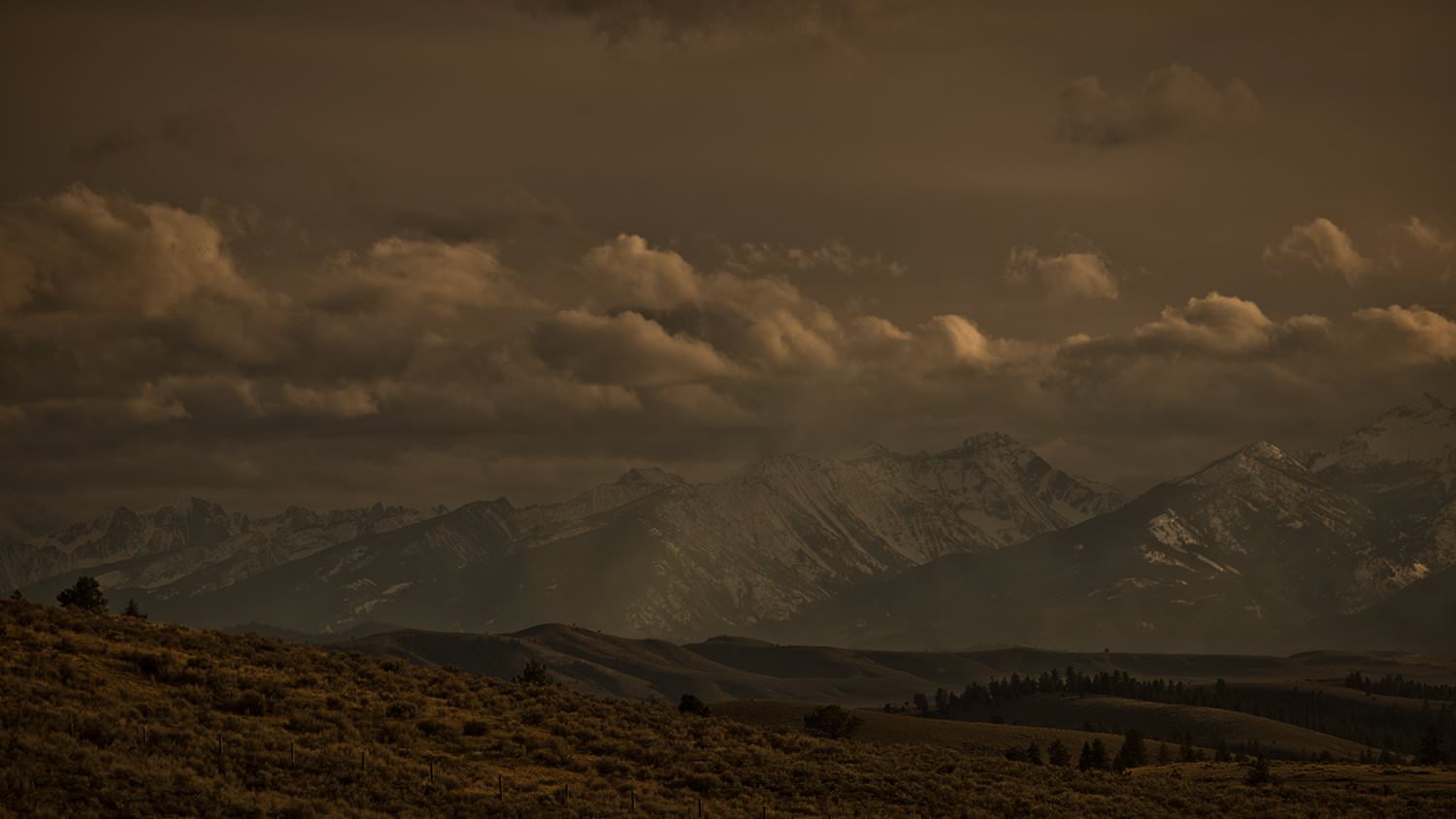5 Beginner Outdoor Consumer Categories You Need to Know
- September 7, 2017
- By Adam Preston
- Marketing

Most folks who work in the outdoors industry know the value of newcomers. But let’s face it, as a group we can be patronizing in our product and service offerings. The common practice is to provide entry-level customers with entry-level support. That could be limited product lines (a youth gun, a line of clothing with pink accents, etc.) or it could be limited resources on a website (a simple “where to shoot” guide).
It doesn’t matter if you’re in advertising, merchandising, product development or any of the other branches of the outdoors industry, the take-home message is simple: First-time gun buyers are a complex group of individuals that can solidify your end-result strategies.
Here’s a look at what I would consider the Top 5 segments within the broad-brush “learner” demographic, according to a recent scientific study conducted by Southwick Associates for the National Shooting Sports Foundation (NSSF):
1. Weaponless Women
Category snapshot: 39 years old. 100% females. 35% minorities. 65% intend to buy a firearm in the future.
According to the SA report, this all-female segment is looking to purchase a firearm to provide themselves with personal protection at and away-from home. These women also share the same desire as the other protection-based segments to own a firearm before sales are further restricted.
This demographic of “beginner” fits most clichés: they tend to be true novices in the fact they have never hunted (only 3 percent said they had hunted in the past) and have limited (16 percent involvement) in target shooting, mostly in the company of family and/or friends.
This group, however, shows an affinity toward future gun purchases and interest in shooting, hunting and outdoor sports. A majority of the survey respondents said their desire to own a firearm is rooted in an interest to take up hunting in the near future.
2. True Learners
Category snapshot: 42 years old. Single. 57% males. 43% females. 41% minorities. 70 percent intend to buy a firearm in the future.
Learners are merely interested in understanding more about firearms. They are more interested in the shooting sports than hunting (0 percent list hunting as a regular activity). They are typically urban-based and diverse in their vocations, and are willing to spend money on accessories and further education. These are the types of consumers who historically have helped suburban sports shops solidify their businesses by relying less on seasonal campaigns for hunting-specific gear and services.
3. Anxious Buyers
Category snapshot: 44 years old. 54 percent female. 29 percent minorities. 43 percent married.
When it comes to beginners, this is the largest segment. According to the SA report, people in this category are primarily concerned with buying a gun before sales are further restricted. Most have had some exposure to guns and hunting while growing up but have yet to buy a firearm of their own for various reasons.
Most want to own a gun for protection and have mild interest in taking up hunting or target shooting. However, this group seems more inclined to expand their interests after making that initial purchase. Nearly 33 percent of those surveyed said they enjoyed the tradition that comes with the hunting lifestyle.
4. Fun Fanatics
Category snapshot: 38 years old. 48 percent females. 33 percent minorities 52 percent intend to buy a handgun in the future. 42 percent married.
Large gun companies target this category in national advertising campaigns for good reason: Members of this demographic are the least price-conscious consumers in the market. Their No. 1 goal for buying firearms and accessories is so they can have more fun with their friends and family. These individuals tend to live in the suburbs, and they are more inclined (29 percent) to go target shooting on weekends than any of the other groups.
This group is also more inclined to buy products based on consumer ratings and recommendations by pro shooters and industry personalities. Again, price is not a concern with this group.
5. Aspiring Hunters
Category snapshot: 37 years old. 60 percent males. 65 percent single. 24 percent minorities.
This group is the youngest, least ethnically diverse and has the lowest representation of women than all of the other groups surveyed. They’re not true beginners in the fact that they typically have some hunting experience, but they want to ramp up that interest by purchasing a firearm of their own. The best way to reach this group is through rewards and discounts, as they are the most price-conscious segment in the SA study.
Another interesting fact about aspiring hunters: They are most interested in hunting for the opportunity to bring home meat for the table. Other interests include fishing, hiking, camping and driving all-terrain vehicles.
Editor’s Note: The above five categories are just a few of the distinct market segments identified by Southwick Associates in its exhaustive research for the National Shooting Sports Foundation. For more information, visit www.nssf.org.
